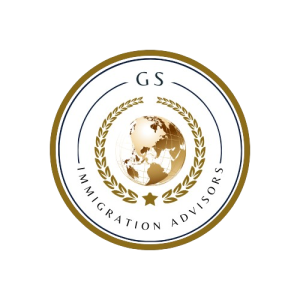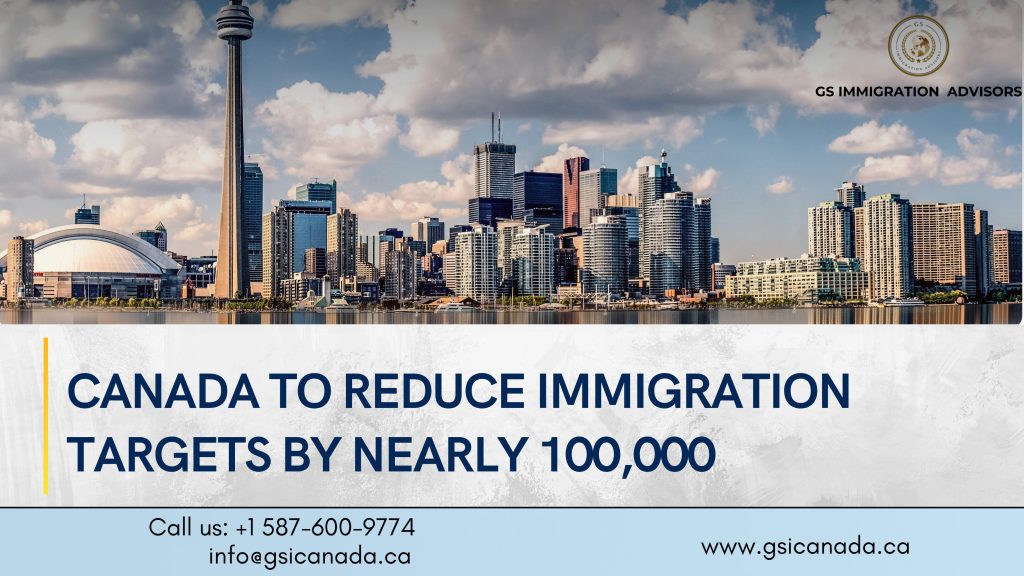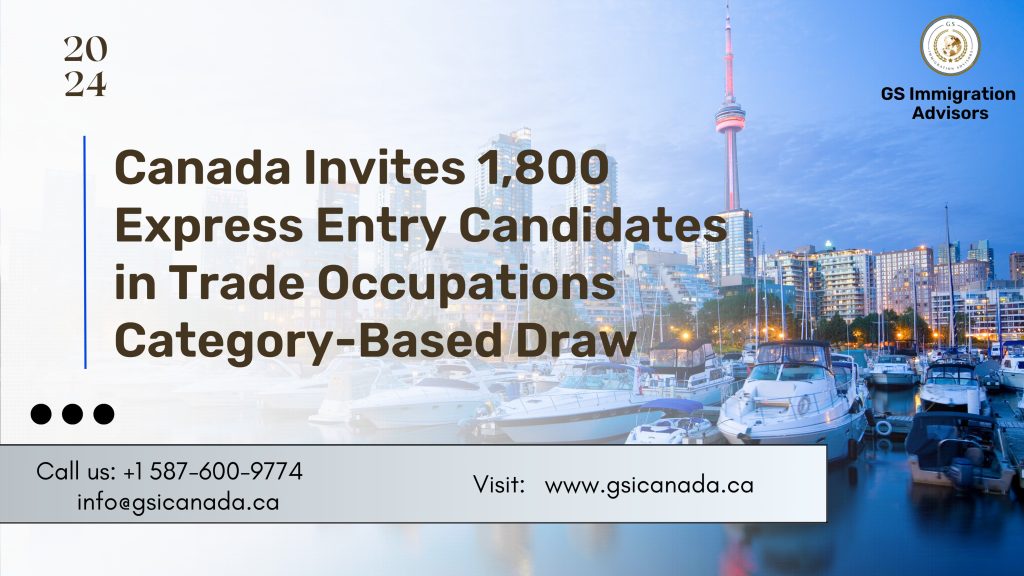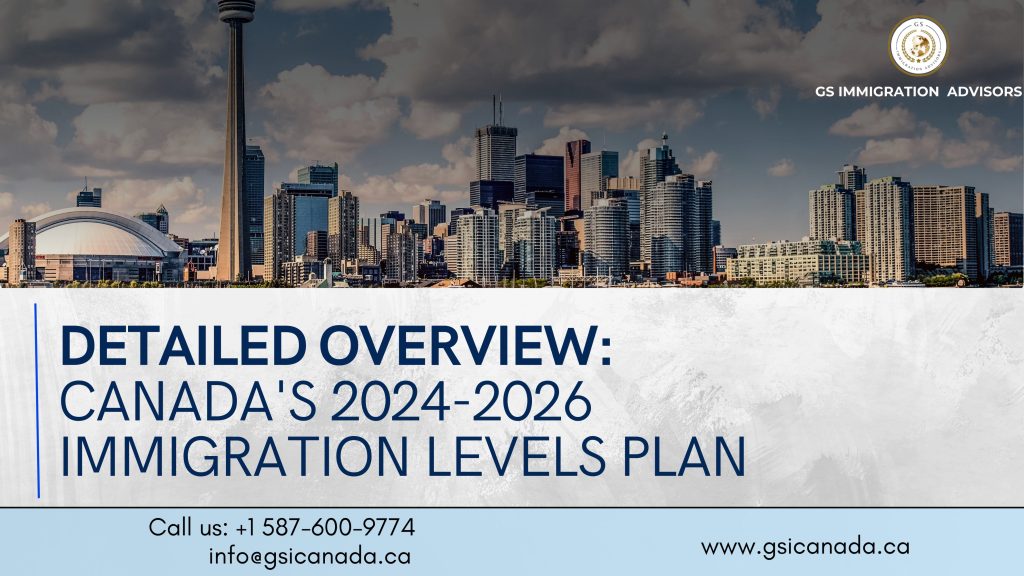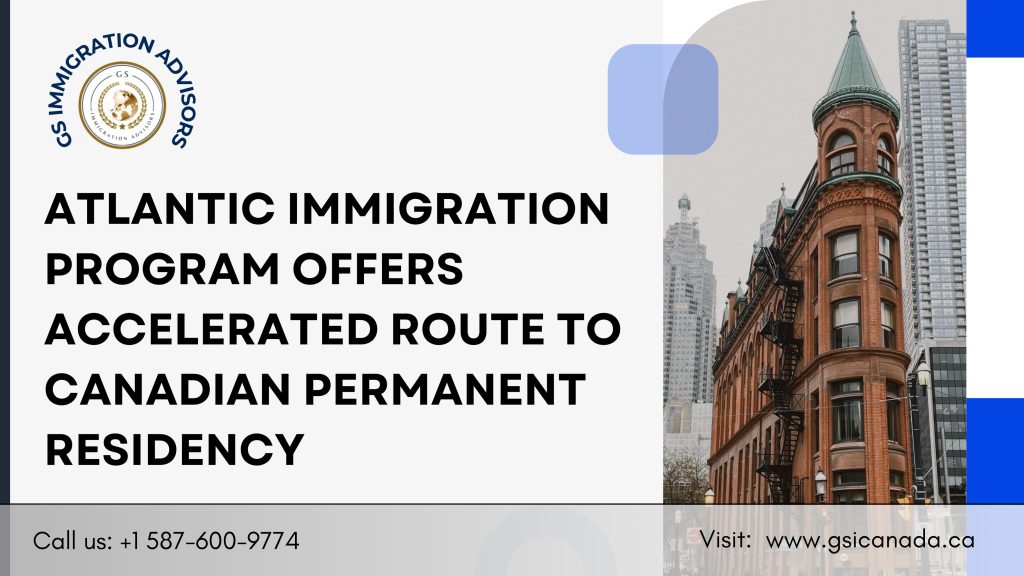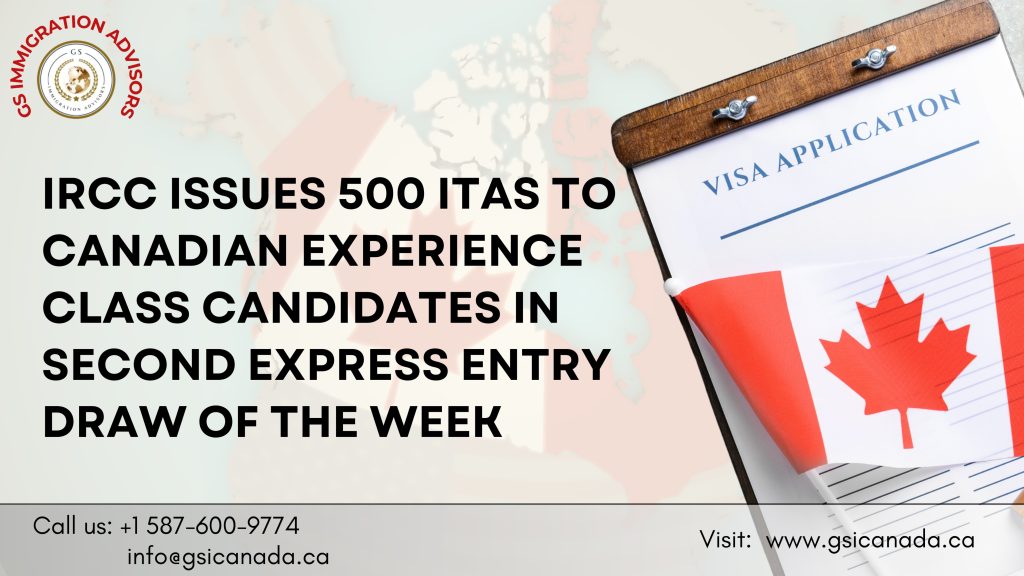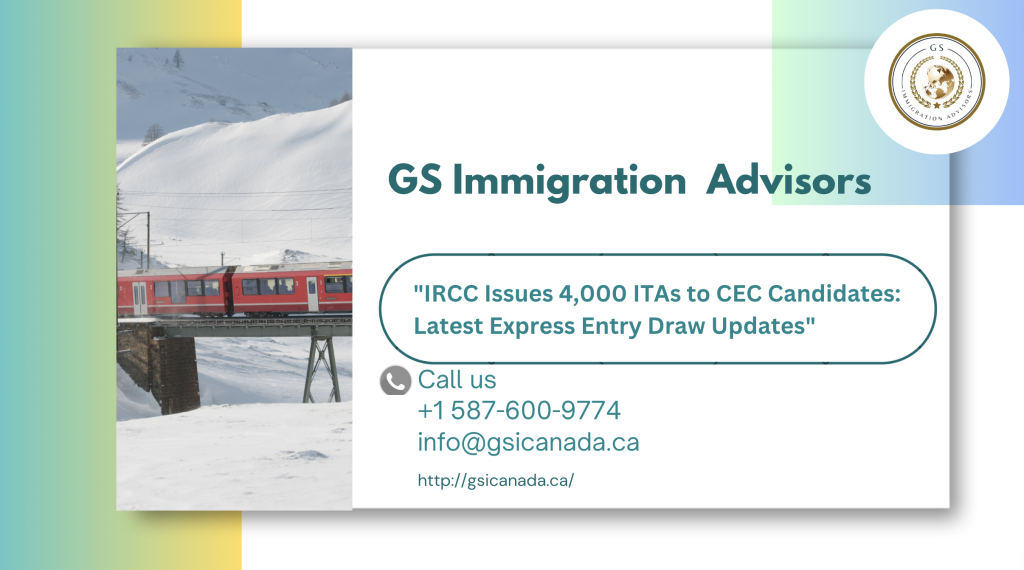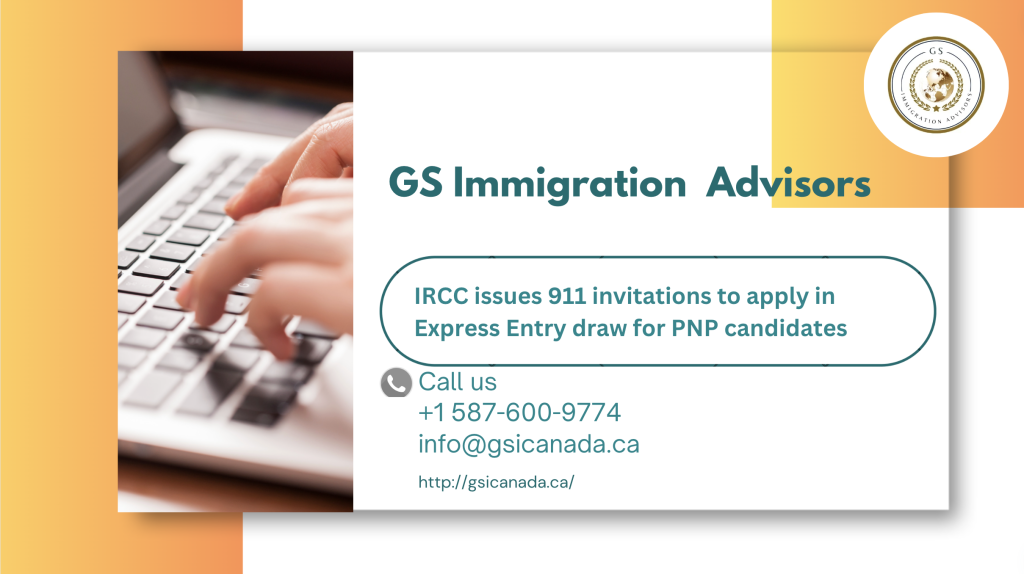Canada to Reduce Immigration Targets by Nearly 100,000
Canada is poised for a substantial change in immigration policy as Prime Minister Justin Trudeau’s government prepares to announce reduced immigration levels. After years of consecutive increases, the new plan will lower the intake of permanent residents by 90,000 in 2025, setting the target at 395,000—down from this year’s 485,000. This shift mirrors the prediction made in INC News on July 9, 2024, in an analysis titled, “Will Canada reduce immigration targets in November 2024?” The updated targets reflect a significant reversal from previous government plans to reach an annual intake of 500,000 new immigrants by 2025. Discover if You Are Eligible for Canadian Immigration Gradual Decline in Targets The revised immigration goals continue to decrease, with projected targets of 380,000 for 2026 and 365,000 for 2027. These figures underscore a more cautious approach to immigration over the coming years, as the Trudeau administration adjusts to current economic and social challenges. Sector-Specific Impact of the New Immigration Plan According to early reports, the federal economic class will see the most substantial reductions under the new policy. Immigration Minister Marc Miller is expected to confirm these changes in an official announcement on October 24, 2024. Cuts to Economic-Class Immigration Economic-class immigration, which includes programs like the Canadian Experience Class (CEC), Federal Skilled Worker (FSW), Federal Skilled Trades (FST), and the Start-Up Visa program, will face a drastic 60% reduction in 2025, limiting intake to around 41,000. Though modest increases are expected in 2026 and 2027, numbers will remain significantly lower than previously anticipated. Provincial Nominee Programs (PNPs) Provincial Nominee Programs (PNPs) will also see a notable decrease, with intake halved to 55,000 in 2025, maintaining this reduced level through 2027. This reduction will considerably impact provincial immigration efforts and opportunities across Canada. Family Reunification Programs The new policy reduces family reunification visas by 20,000 in 2025, bringing the total down to 98,000 from its current 118,000 level. This change is expected to generate some backlash from family immigration advocates. Refugee and Protected Persons Programs Refugee and protected person programs will also see reductions, though these numbers may fluctuate based on annual refugee and asylum demands. Temporary Resident Targets For the first time, Canada’s immigration plan will set targets for temporary residents, with applications expected to drop by nearly 30,000 in 2025, setting the intake just over 300,000. This aligns with Immigration Minister Miller’s recent comments on aiming to reduce the temporary resident population from 6.5% to 5.2% over the next three years. Immigration Category 2025 Target 2026 Target 2027 Target Total Permanent Residents 395,000 380,000 365,000 What’s Behind the Change? The Trudeau administration’s shift in immigration policy appears to reflect a mix of economic considerations and public sentiment. This pivot follows a tense meeting within the Liberal caucus, where members voiced concerns over the unpopularity of current immigration targets. With a federal election set for October 2025, the government’s recalibrated immigration stance appears to be aimed at responding to mounting public pressure. Rising public concerns over population growth, coupled with criticism from both opposition parties and voters, have positioned immigration as a critical election issue. A Balanced Strategy or a Departure from Canada’s Core Values? Canada’s reduced immigration targets reflect a significant policy adjustment, as the Trudeau government navigates domestic economic concerns while addressing the evolving views of the Canadian public. The government hopes this revised strategy will alleviate pressures on housing, public services, and employment. As the 2025 federal election approaches, immigration will be a defining topic in Canada’s political landscape. Whether this shift will be seen as a pragmatic response to public concerns or a departure from Canada’s multicultural vision will hinge on how well the government manages the policy’s broader economic and social implications. Discover if You Are Eligible for Canadian Immigration
